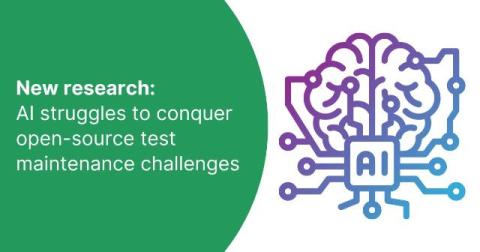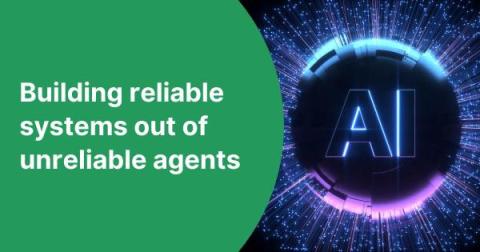New research: AI struggles to conquer open-source test maintenance challenges
Our new research shows AI adoption is high across software testing workflows. But AI isn’t (yet) paying off in ways that matter to software teams using open-source testing frameworks like Selenium, Cypress, and Playwright. Open-source teams using AI are still spending just as much — if not more — time on painful test writing and maintenance tasks than ones not using AI. Contents Toggle.











